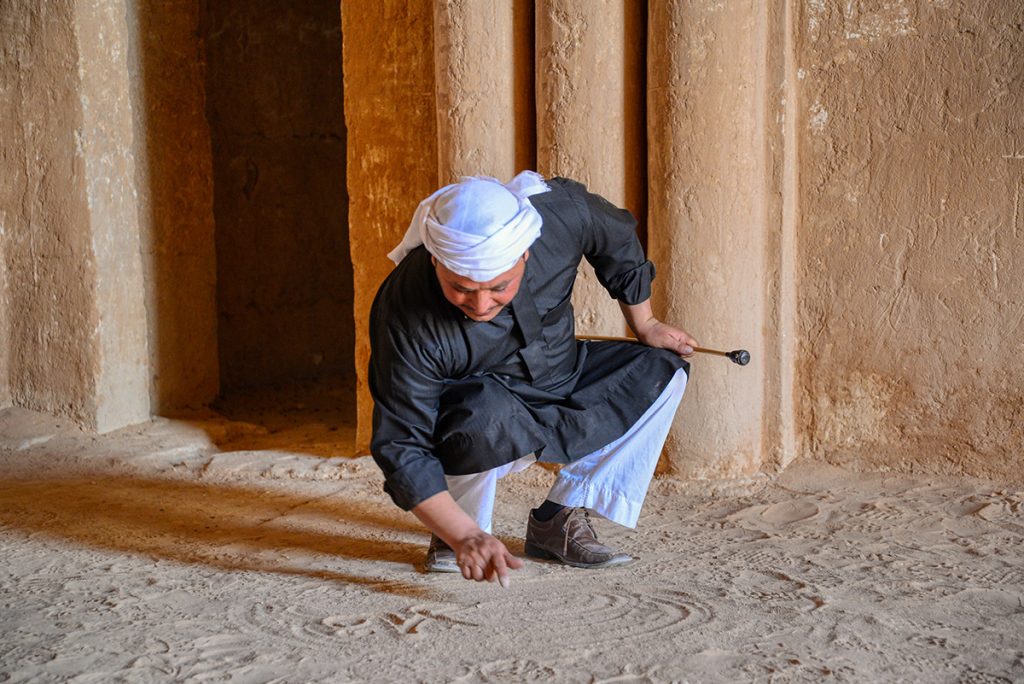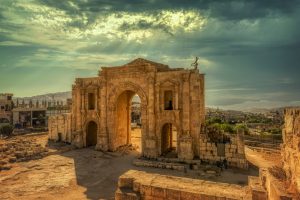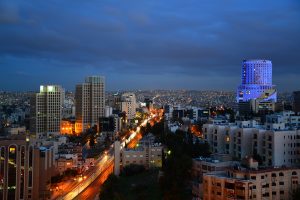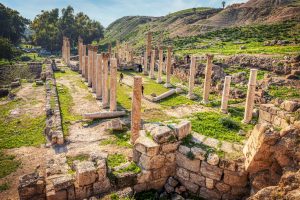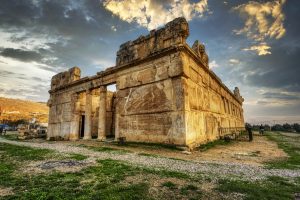Jordan is a country founded on centuries of history. Warlords came and went, battles were hard-fought, and plenty of those marks from ancient times remain in the form of castles and fortresses. It goes without saying that you’d be hard-pressed to see a battle to the death at one of these castles today. However, what you will certainly see are thousands of years of history unfolding before your very eyes.
The Qasr Kharana
Likely the inspiration for the term ‘desert castle’ is the Qasr Kharana. A thick-walled, hardy castle standing in the centre of a vast and treeless plain of gravel and sand. Although you can tell at first glance that it isn’t quite a ‘castle’, its imposing height and impressive power are still likely to leave you breathless.
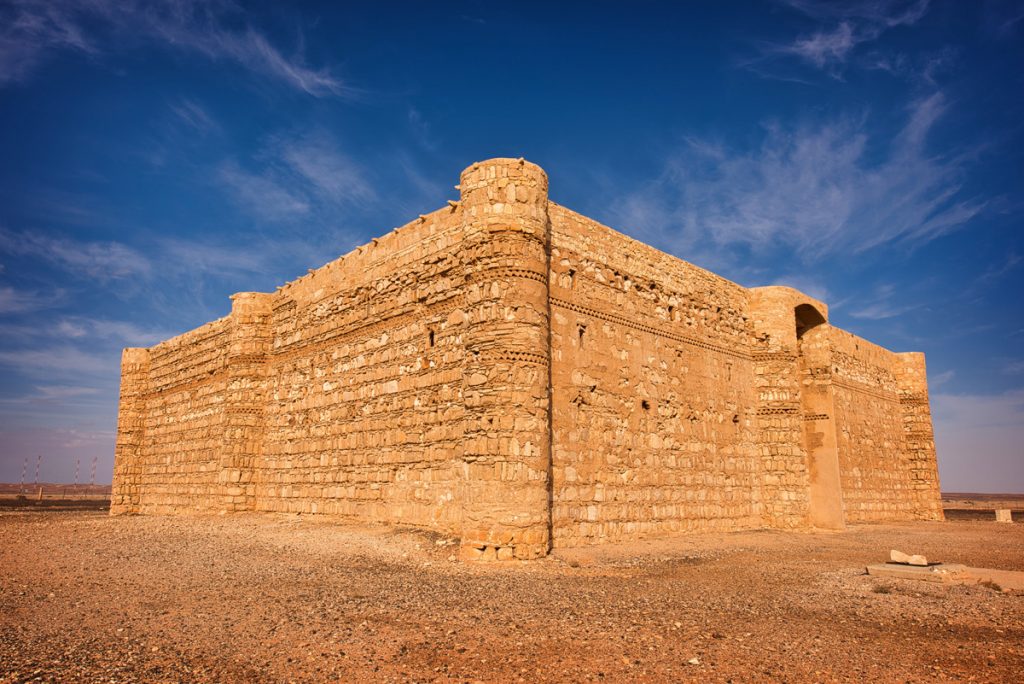
The photogenic structure of Qasr Kharana was constructed sometime before 710 AD, during the 8th century. Given that it isn’t found along any major trade routes active during the period, and that it didn’t seem to be able to store any water, many were led to believe that the Qasr Kharana was instead used as a vital meeting space or a hotel. Given how well it was constructed, however, so unlike a fortress, many archaeologists assume that the Qasr Kharana had to be important.
The Qasr Kharana is a true desert castle in the matter of its location. The air of mystery regarding its purpose and origins are attractive to many tourists, who come to marvel at the impressive structure. But it’s not the only desert castle you’ll find still standing proud in Jordan.
The Qasr Amra
Recognised as a UNESCO World Heritage site, the Qasr Amra desert castle is one of Jordan’s most impressive ancient structures. Built around the 8th century by the Umayyads, it’s not quite as old as some of Jordan’s oldest sites, but it’s certainly impressively preserved.
The Qasr Amra had a clearer purpose as one can argue that it is mostly intact and retains much the same structure. It served as a residence and bath complex during the height of its time. Much of its significance derives from its lively frescoes and colourful mosaics found on interior walls and ceilings. The gorgeously preserved fresco of the Six Kings is rather unique and important, as such art isn’t typically allowed to be made on walls in Islamic culture. This exception in the Qasr Amra is a large part of what makes it such an attractive site.
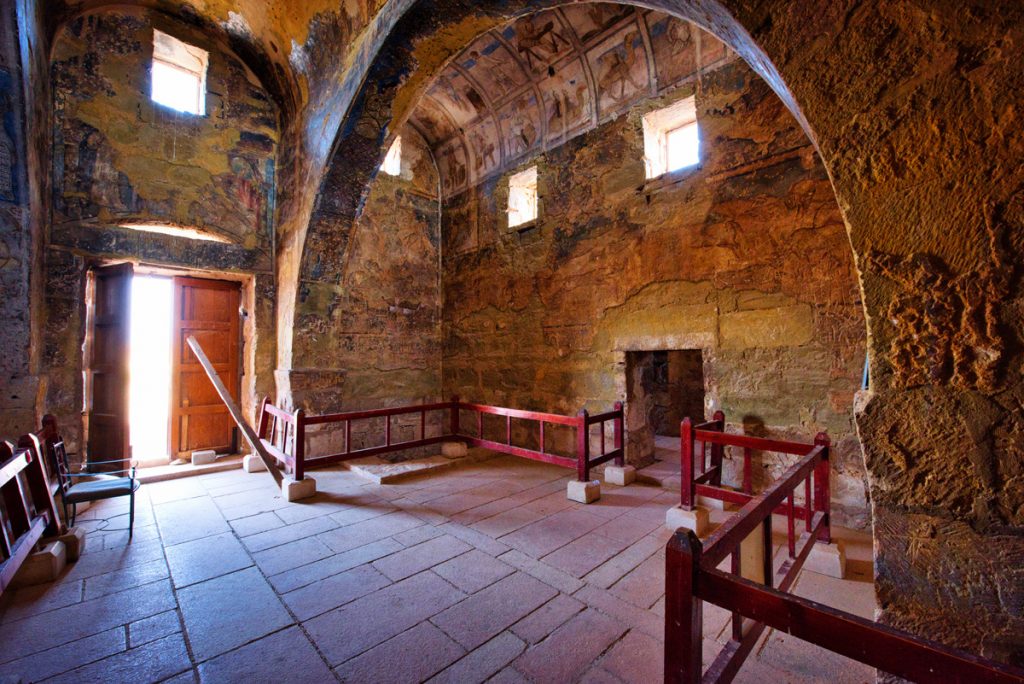
The Qasr Amra is considered a very important historic structure for early Islamic art and practice and is today one of the world’s most well-known desert castles. With its empty surroundings of gravel and stones, it certainly qualifies for the moniker. The structure was re-discovered in 1898 and has since then taken the fancy of archaeologists all over the world, dubbed by UNESCO as a ‘masterpiece of human creative genius’ almost a century later.
Jordan is absolutely brimming with ancient structures. Desert Castles, in particular, make up some of its most interesting sites to visit. Both the Qasr Amra and the Qasr Kharana are important, awe-inspiring sites that would leave just about anybody craving for more. Regardless of your plans for Jordan, you should most definitely make room for them in the travel itinerary – you won’t be regretting it.
Specialising in unique visual and digital experiences, Alex Design Lab provides thoughtful, elegant solutions for your business.
